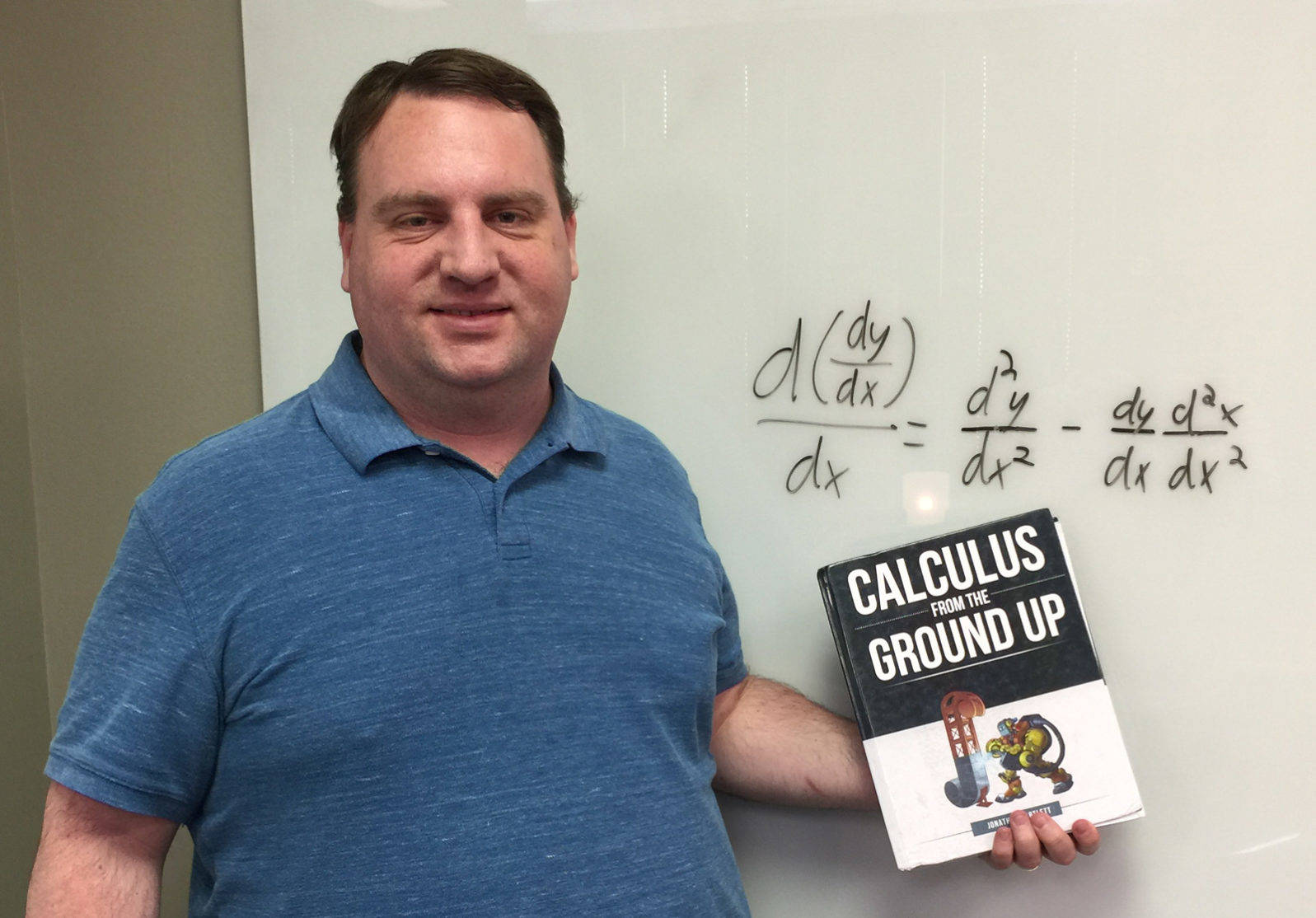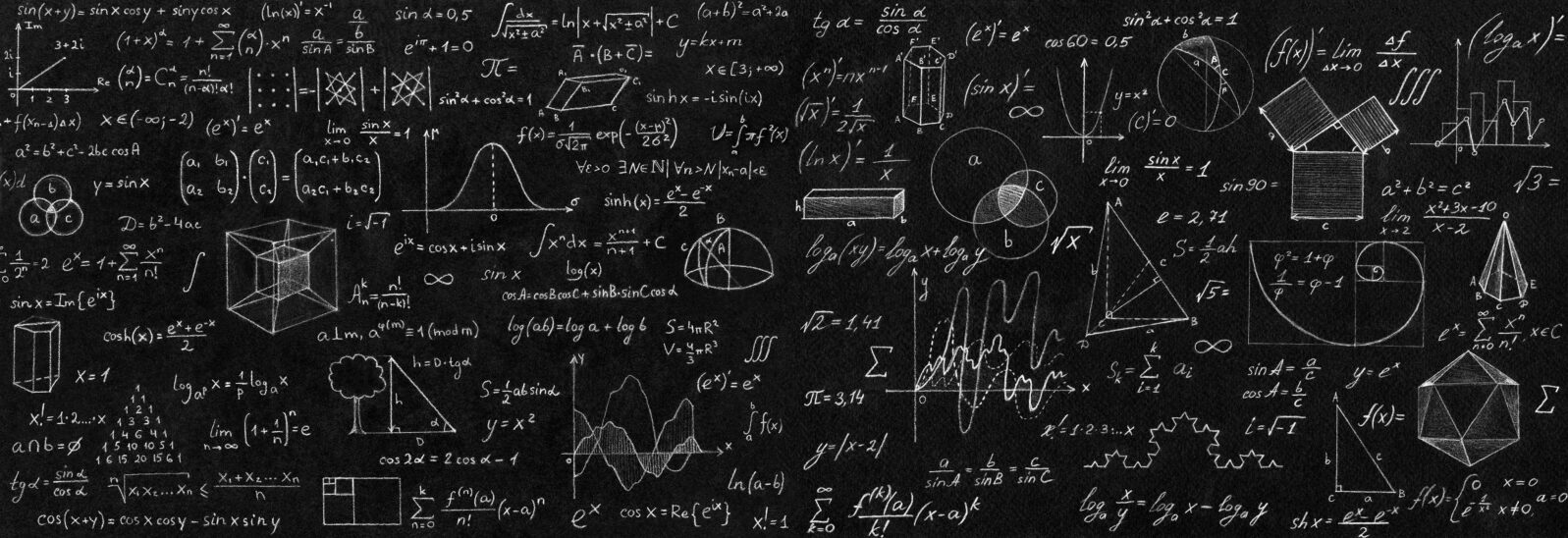Bartlett’s Calculus Paper Reviewed in Mathematics Magazine
The paper offers fixes for long-standing flaws in the teaching of elementary calculus author supplied
author suppliedWalter Bradley Center Fellow Jonathan Bartlett’s paper on fixing long-standing flaws in the teaching of elementary calculus was recently reviewed in Mathematics Magazine.
Bartlett (above left, with his recent book, Calculus from the Ground Up), is delighted that math professionals want to evaluate proposed changes in teaching practice. He tells us, “The review was mixed, but most importantly the reviewer didn’t disagree with the results, only their potential usefulness. Final sentence: ‘The authors make a strong case for a clear and honest notation that facilitates working with differentials, but the formula above is probably just as confusing for students as the shorthand expression.’”
Here’s our original story on the paper: Walter Bradley Center Fellow discovers longstanding flaw in an aspect of elementary calculus. The flaw doesn’t lead directly to wrong answers but it does create confusion.
Here’s the open-access paper: Bartlett, Jonathan and Asatur Zh. Khurshudyan. 2019. Extending the Algebraic Manipulability of Differentials. Dynamics of Continuous, Discrete and Impulsive Systems, Series A 26(3):217-230. And the review: ((2019) Reviews, Mathematics Magazine, 92:5, 396-397, DOI: 10.1080/0025570X.2019.1673628) (paywall).
For more on Calculus from the Ground Up: Doing the impossible: a step-by-step guide. Often, in life as in calculus, when our implicit assumptions as to why something can’t be done are made explicit, they can be disproven. (Jonathan Bartlett)
Here are some of Jonathan Bartlett’s other articles on assorted twists and turns of mathematics:
Are divergent series really an invention of the devil? The real villain in the piece is horrendously non-specific concepts of infinity. But that can be fixed.
Yes, you can manipulate infinity in math. The hyperreals are bigger (and smaller) than your average number — and better!
and
Don’t leave home without these three curves: Three mathematical curves explain a lot of what happens—and doesn’t happen—in everyday life.
